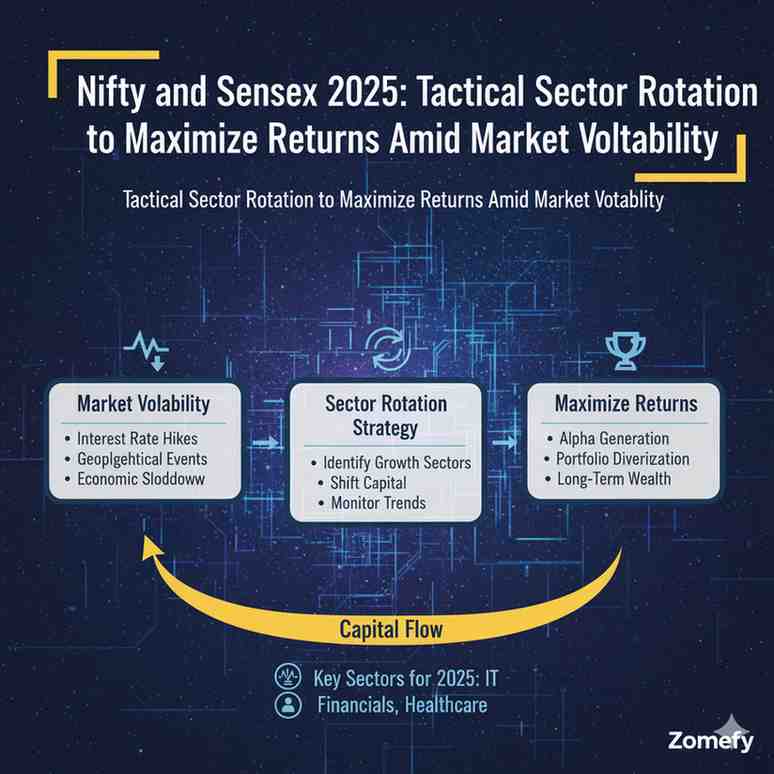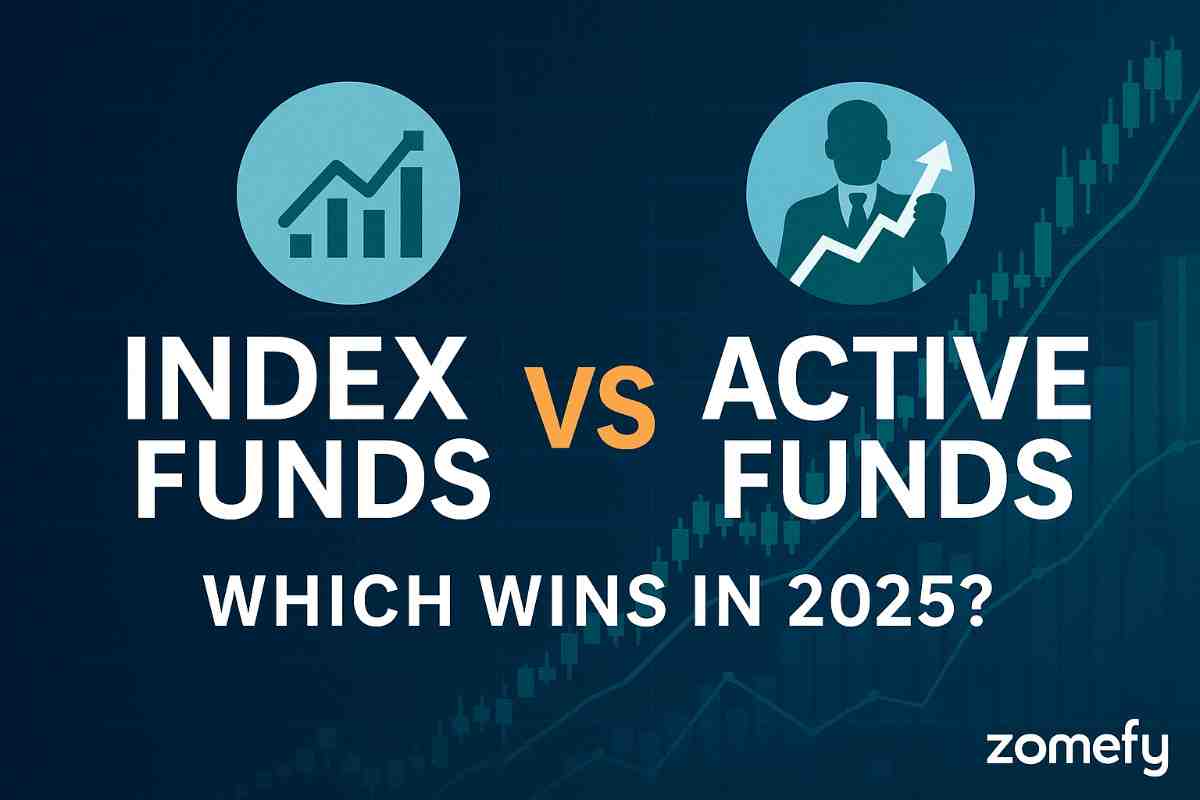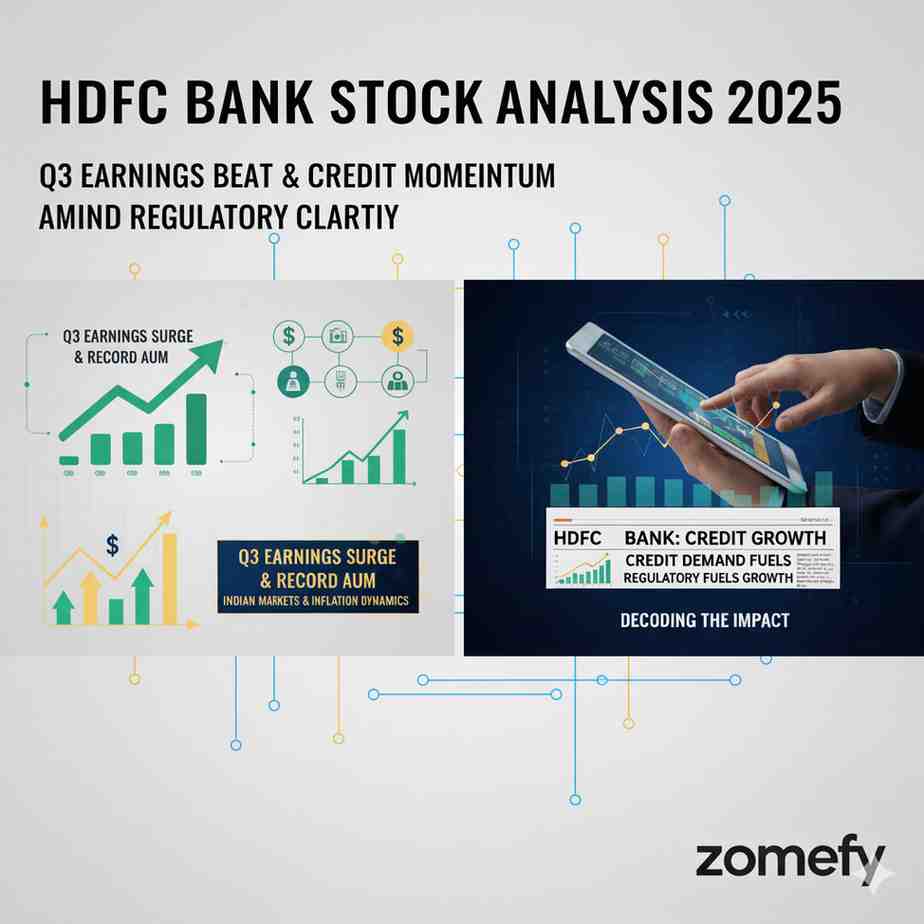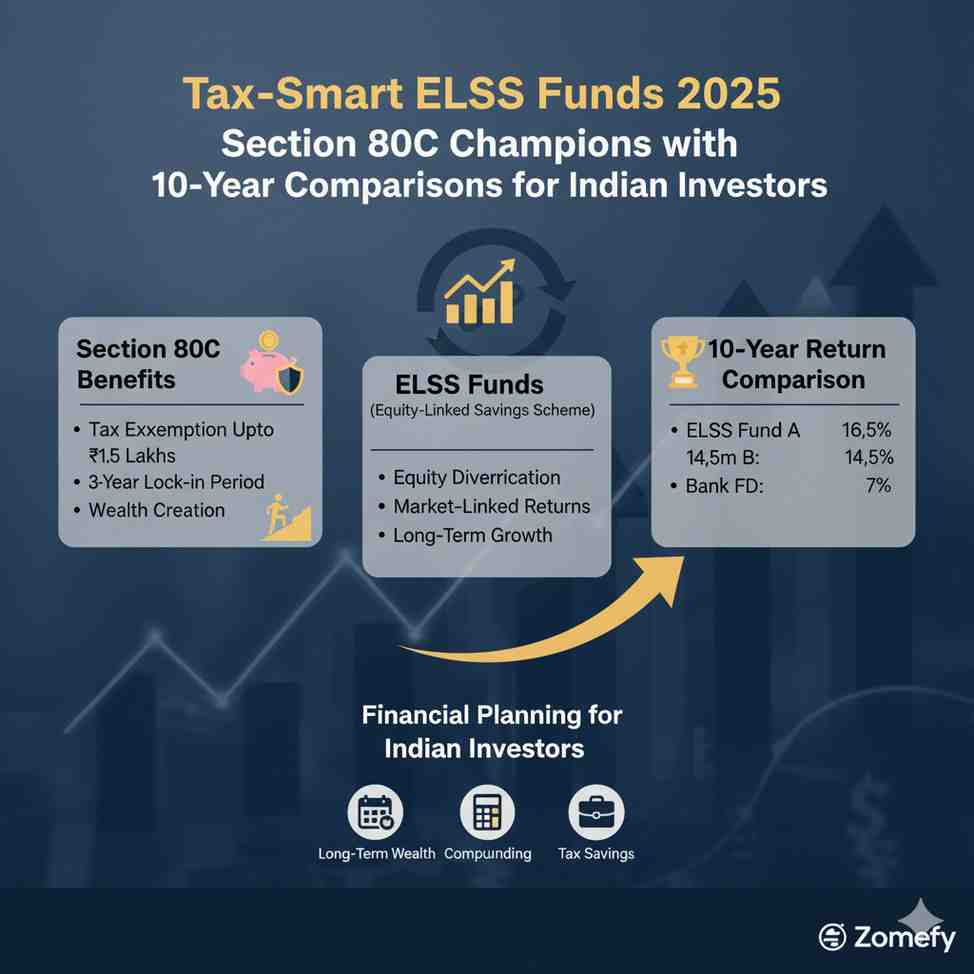Sectoral Rotation Strategies for Indian Markets 2025: Capitalizing on IT, Pharma, and Infrastructure Cycles
In 2025, Indian markets are poised at a pivotal juncture characterized by evolving economic cycles, robust policy support, and heightened retail participation.
Sectoral Rotation Strategies for Indian Markets 2025: Capitalizing on IT, Pharma, and Infrastructure Cycles
What You Can Do Next
- Read the full article for complete insights
- Save for later reference
- Share with others learning about this topic
Image not available
In 2025, Indian markets are poised at a pivotal juncture characterized by evolving economic cycles, robust policy support, and heightened retail participation. Against this backdrop, sectoral rotation strategies offer retail investors and financial professionals a pragmatic approach to capitalize on cyclical shifts in key sectors such as Information Technology (IT), Pharmaceuticals, and Infrastructure. Sector rotation involves reallocating capital among sectors based on their expected performance during different phases of the economic cycle, thereby enhancing returns while managing risk. With India’s GDP growth projected between 6.3% and 7.2% for FY25, inflation at a multi-year low of 2.82%, and government incentives spurring infrastructure and pharma sectors, understanding the timing and drivers of sectoral performance is crucial. This article delves into the dynamics of sector rotation in the Indian context, offering actionable insights, company examples, and risk considerations to help investors navigate the 2025 market landscape effectively.
Understanding Sectoral Rotation in the Indian Market
Sectoral rotation is an investment strategy that capitalizes on the cyclical nature of economies by shifting investments between sectors expected to outperform at different stages of the economic cycle. In India, this strategy gains particular relevance due to the diverse and cyclical nature of its economy and stock market. As the economy moves through expansion, peak, contraction, and recovery phases, sectors like IT, Pharma, and Infrastructure exhibit distinctive performance patterns.
The expansion phase typically favors growth-oriented sectors such as IT, driven by rising corporate spending on technology and digital transformation. The peak phase often benefits capital-intensive sectors like Infrastructure, as government spending and private investments surge. Conversely, Pharma tends to show resilience during economic slowdowns due to steady demand for healthcare services and products, making it a defensive play.
Investors should monitor macroeconomic indicators such as GDP growth, inflation, interest rates, and government policies to time their sectoral rotations effectively. For instance, India's retail inflation easing to 2.82% in mid-2025 provides a conducive environment for growth sectors to outperform, while stable or dovish monetary policy supports infrastructure investments through lower borrowing costs.
Key Indian indices such as Nifty IT, Nifty Pharma, and Nifty Infrastructure serve as benchmarks for tracking sector performance. For example, the Nifty IT index has delivered an average annual return of over 18% in recent years, reflecting strong earnings growth from companies like Infosys and TCS. Meanwhile, infrastructure plays like Larsen & Toubro and Adani Ports have benefited from government push through production-linked incentives (PLIs) and infrastructure spending programs.
Practical implementation requires investors to: - Identify the current phase of the economic cycle using leading indicators. - Allocate capital to sectors poised for outperformance in that phase. - Use sectoral ETFs or diversified stocks within these sectors for efficient exposure. - Monitor relative strength (RS) indicators to confirm sector momentum.
By understanding these dynamics, Indian investors can enhance portfolio returns while managing cyclicality risks inherent in sectoral investing.
Economic Cycles and Sector Performance
India’s economic cycles influence sector performance distinctly, making cycle identification critical for sector rotation. During the expansion phase, rising consumer confidence and corporate profits fuel demand for discretionary and technology sectors. IT companies, including Infosys, Wipro, and HCL Technologies, typically see increased deal wins and revenue growth as digital adoption accelerates.
At the peak of the cycle, infrastructure-related sectors gain momentum as government and private investments peak, driven by fiscal stimulus and large projects. Companies such as Larsen & Toubro, Bharat Heavy Electricals Limited (BHEL), and Adani Enterprises often outperform due to increased order books and contract awards.
Pharmaceuticals, represented by firms like Sun Pharma and Dr. Reddy’s Laboratories, tend to show defensive characteristics, maintaining steady earnings even during economic slowdowns, supported by consistent demand for healthcare products.
Investors should watch indicators like PMI (Purchasing Managers’ Index), industrial production data, and government budget announcements to gauge cycle phases and adjust sector allocations accordingly.
Capitalizing on IT Sector Cycles in 2025
The Indian IT sector remains a cornerstone of the country’s equity market, driven by its export-oriented business model and increasing global digital transformation demand. In 2025, IT companies stand to benefit from rising enterprise spending on cloud computing, artificial intelligence, and cybersecurity.
Key factors supporting IT sector growth include: - Strong deal pipelines with large global clients. - Currency tailwinds from a weakening rupee initially, then stabilization around ₹84/USD by year-end. - Government initiatives promoting digital India and startup ecosystems.
Leading companies like Tata Consultancy Services (TCS), Infosys, and Tech Mahindra have reported revenue growth rates between 12-18% for FY25, with robust order inflows in emerging technologies.
- Focus on large-cap IT stocks with strong global footprints and diversified service offerings. - Consider mid-cap IT firms with niche capabilities in cloud and AI for higher growth potential. - Use relative strength analysis versus Nifty 50 to identify outperforming IT stocks. - Monitor global IT spending trends and currency movements as key risk factors.
Risk considerations include potential visa restrictions in key markets like the US and geopolitical uncertainties affecting client budgets. Investors should maintain a balanced allocation and consider staggered buying to mitigate volatility.
Key IT Companies and Performance Metrics
TCS continues to lead with a market capitalization exceeding ₹15 trillion and a consistent revenue growth rate of 15% year-on-year. Infosys follows closely with strong margins around 22% and expanding digital revenues, which now constitute over 50% of total revenues. Mid-sized firms like LTI and Mindtree have demonstrated accelerated growth in cloud services, with revenue growth rates exceeding 18% in recent quarters.
Investors should track quarterly earnings announcements and deal wins as leading indicators. For example, TCS’s recent multi-year contract wins with global banks and insurers underscore sustained demand. Additionally, IT sector valuations typically trade at a premium, with forward Price-to-Earnings (P/E) ratios ranging between 25-30, reflecting growth expectations.
Entry points can be optimized using technical tools such as Relative Strength Index (RSI) and moving averages to identify oversold conditions.
Pharmaceutical Sector: Defensive Growth and Innovation
Pharmaceuticals in India represent a defensive and innovation-driven sector, offering stability during market volatility and growth from new product launches and exports. The sector benefits from India’s status as the “pharmacy of the world,” with a growing share in generics, biosimilars, and vaccine production.
In 2025, key growth drivers include: - Increased healthcare spending domestically and globally. - Expansion in biosimilar and specialty drug markets. - Government support under schemes like Ayushman Bharat boosting healthcare access.
Top companies such as Sun Pharma, Dr. Reddy’s Laboratories, and Cipla have reported steady revenue growth of 8-12% annually, supported by strong R&D pipelines and increasing exports.
- Prioritize companies with diversified portfolios and strong R&D capabilities. - Monitor regulatory approvals and patent cliffs as critical risk factors. - Use pharma-focused mutual funds or ETFs for diversified exposure. - Consider valuation metrics such as Price-to-Book (P/B) and dividend yield for defensive positioning.
Risks include regulatory hurdles, pricing pressures in key markets like the US, and currency fluctuations impacting export revenues.
Emerging Trends and Company Highlights
The rise of biosimilars and specialty generics offers new growth avenues. For example, Biocon and Dr. Reddy’s have expanded their biosimilar portfolios, targeting global markets with high growth potential. Vaccine manufacturers such as Serum Institute of India continue to leverage pandemic-era capabilities to enter new vaccine segments.
Domestic demand is also rising, driven by increased insurance penetration and government healthcare programs. Investors should track clinical trial progress, regulatory approvals, and export order flows as indicators of future performance.
Valuation-wise, pharma stocks generally trade at moderate P/E ratios of 20-25, offering a blend of growth and defensive qualities. Dividend payouts from established firms add to their attractiveness during volatile market phases.
Infrastructure Sector: Leveraging Government Initiatives and Economic Recovery
Infrastructure is a cyclical sector highly sensitive to government policies, interest rates, and economic growth. In 2025, the sector is positioned to benefit from India’s ambitious infrastructure spending plans, including the National Infrastructure Pipeline (NIP) targeting ₹111 lakh crore investments by 2026.
Key drivers include: - Production-linked incentives (PLIs) for construction materials and equipment. - Increased capital expenditure by central and state governments. - Lower interest rates supporting project financing.
Companies like Larsen & Toubro (L&T), Adani Ports, and NBCC are poised to gain from a surge in orders and project execution. L&T’s order book stands above ₹4 trillion, reflecting strong project visibility.
- Focus on companies with strong order books and execution track records. - Consider ancillary sectors such as cement, steel, and construction equipment for indirect exposure. - Monitor government budget announcements and policy reforms impacting infrastructure finance. - Use staggered investing to manage project execution risks and interest rate volatility.
Risks include delays in project approvals, cost overruns, and potential inflationary pressures increasing input costs.
Government Policies and Market Implications
The government’s focus on infrastructure as a growth driver is evident through increased budgetary allocations and policy reforms facilitating private sector participation. The extension of PLI schemes to sectors like cement and steel aims to boost domestic manufacturing, reducing import dependence.
Monetary policy remains accommodative, with the Reserve Bank of India maintaining interest rates near historic lows to support infrastructure financing. This environment creates a favorable backdrop for companies with robust balance sheets to raise capital and accelerate project execution.
Investors should keep an eye on infrastructure spending announcements during the Union Budget and monitor credit growth in the infrastructure finance segment as leading indicators of sector momentum.
Practical Implementation: How Indian Investors Can Navigate Sector Rotation in 2025
Implementing a sector rotation strategy in 2025 requires a systematic approach combining macroeconomic analysis, sectoral research, and risk management. Indian retail investors and financial professionals should consider the following actionable steps:
By adhering to these principles, investors can capitalize on sectoral cycles while managing volatility and downside risks effectively.
Risk Considerations and Mitigation
Sector rotation inherently involves timing risk and sector-specific risks such as regulatory changes and market sentiment shifts. In the Indian context, risks include:
- Policy reversals impacting infrastructure or pharma sectors. - Currency fluctuations affecting IT and pharma export revenues. - Geopolitical tensions influencing global demand. - Inflationary pressures increasing input costs, especially in infrastructure.
Mitigation strategies include: - Maintaining a diversified portfolio across sectors and market capitalizations. - Using technical analysis to avoid overvalued sectors. - Keeping an investment horizon aligned with economic cycle durations (typically 12-18 months). - Consulting SEBI-registered financial advisors for personalized guidance.
Prudent risk management ensures that sector rotation strategies enhance returns without exposing investors to undue volatility.
Continue Your Investment Journey
Discover more insights that match your interests

Nifty and Sensex 2025: Tactical Sector Rotation to Maximize Returns Amid Market Volatility
As we advance into 2025, the Indian equity markets represented by the Nifty 50 and BSE Sensex continue to navigate a complex environment marked by heightened volatility, geopolitical tensions, and ...

Index Funds vs Active Funds: Which Wins in 2025?
Comprehensive comparison of index funds vs active funds for 2025. Analyze performance, costs, and suitability for different investor types.

HDFC Bank Stock Analysis 2025: Q3 Earnings Beat & Credit Growth Momentum Amid Regulatory Clarity
HDFC Bank, India’s largest private sector lender, has once again grabbed headlines with its Q3 FY25 earnings, reporting a net profit of ₹16,736 crore—a 2.

Tax-Smart ELSS Funds 2025: Section 80C Champions with 10-Year Return Comparisons for Indian Investors
Equity-Linked Savings Schemes (ELSS) have long been a cornerstone of tax planning for Indian investors seeking to optimize their tax liability under Section 80C of the Income Tax Act.
Explore More Insights
Continue your financial education journey
